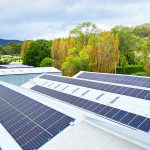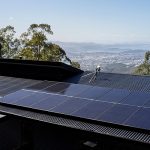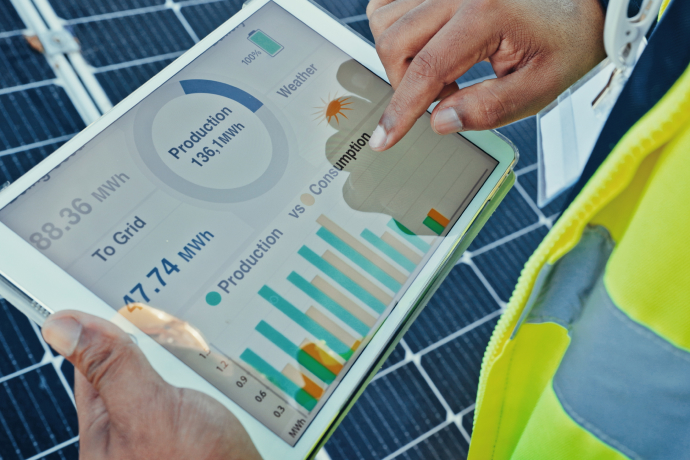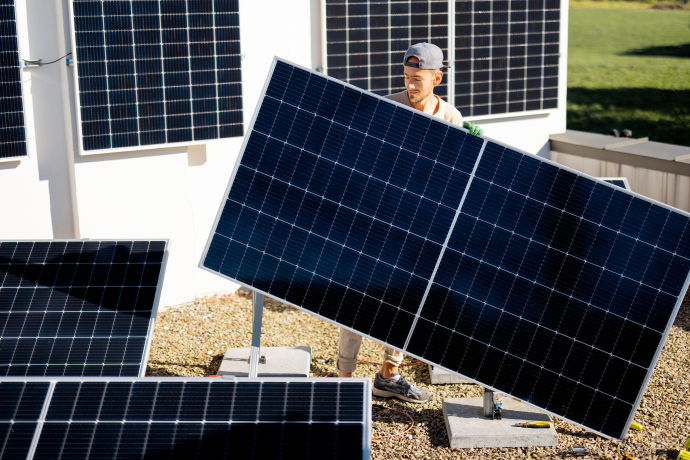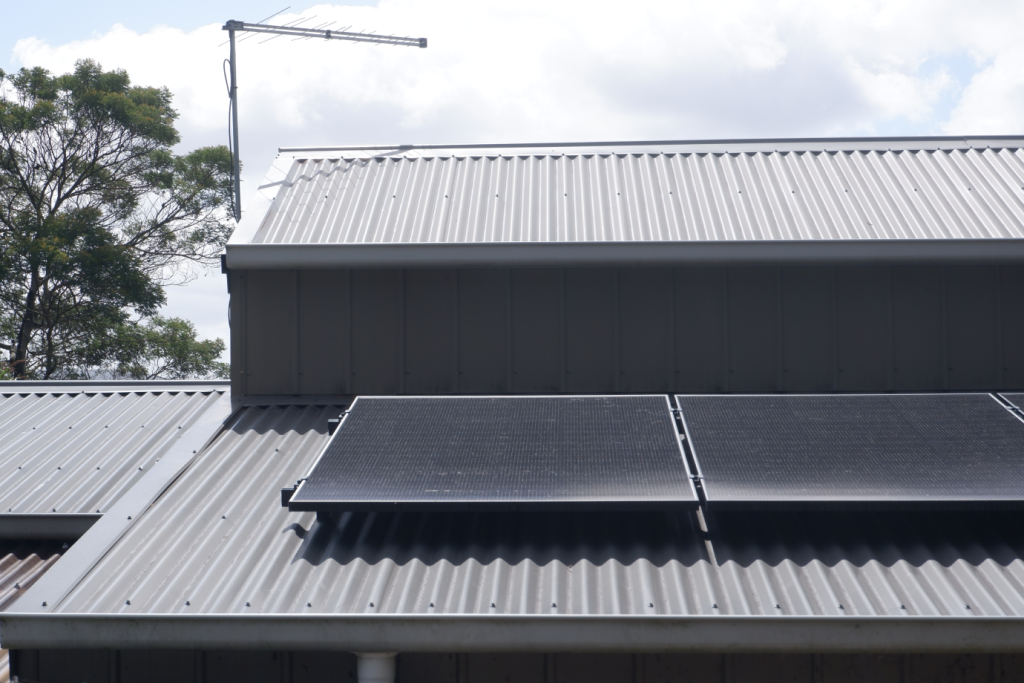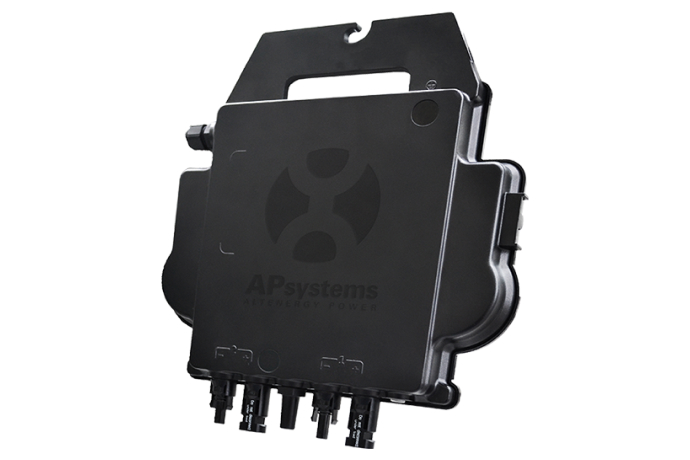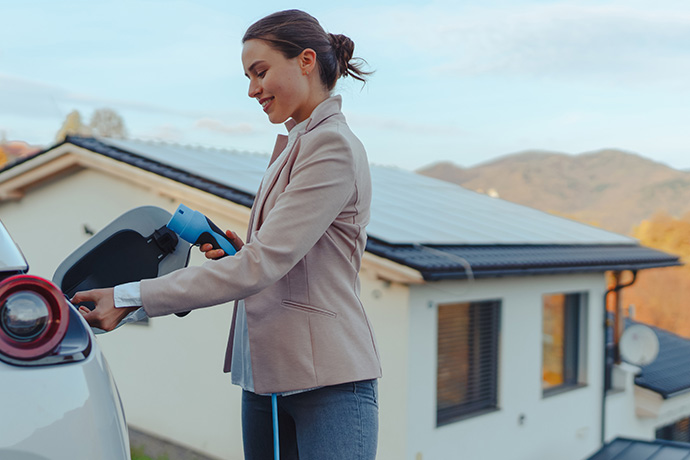
Solar batteries can make a tremendous difference to the efficiency of your solar setup, keeping your electricity costs to a minimum. With the addition of a solar battery to your system, you can use more of the solar energy you generate when needed. That means the power converted from solar panels can be used day and night, and less energy is exported back to the grid. With solar feed-in tariffs decreasing by 17.8% in Tasmania this year, it makes sense that households would be trying to use all the solar generated power they can. We explain what a solar battery is, how it works and how you can save by adding a solar battery to your system.
What is a Solar Battery?
A solar battery is an energy storage unit that interfaces with a home solar power system. It can be charged by the solar panels and can be drawn from to power loads within the home. When added to your solar system, a solar battery stores excess electricity generated by the solar panels. This means any energy stored can be used when the sun is no longer out. Without a solar battery, any excess electricity made during the sunlight hours is returned to the grid. The point of a solar battery is to use more of the energy produced by the solar system.
Types Of Solar Batteries
There are four main types of solar batteries to choose from – lithium-ion which is the most popular, lead acid, nickel cadmium, and flow batteries. Each has its own unique features that make them suitable for different types of solar systems. We examine each type of solar battery here and explain what they have to offer.
Lithium-ion batteries
Lithium ion batteries are the most popular for residential solar installations as they hold a large amount of power in a limited space. They have a longer lifespan and require little maintenance. These types of batteries have a higher round trip efficiency than other batteries. This means you get more usable energy out of a lithium-ion battery than the amount of energy it took to store it. Lithium-ion batteries are more expensive than other batteries on the market.
Lead acid batteries
Lead acid batteries have been around for years but are now becoming outdated. They do have a high power and discharge current but a low energy density and can take up to 14 hours to fully charge. They are very reasonably priced but do need to be replaced more often than other batteries.
Nickel cadmium
Although not as widely used as lithium-ion or lead acid, nickel cadmium batteries are still used for some large scale solar storage systems. They are a very durable battery, can operate at extreme temperatures and require little maintenance. One problem with this type of battery is a limited ability to hold a charge.
Flow batteries
Flow batteries are a relatively new technology that contains a water based electrolyte that flows between the two separate chambers within the battery. Compared to lithium-ion batteries, the main advantage of a flow battery is their longer lifespan, increased safety, and suitability for extended hours of operation. They are more expensive and prone to low power density which makes them more suitable for large installations rather than residential.
How Do Solar Batteries Work?
Once the solar system has generated energy, it is used throughout the home. With a solar battery, a switchboard redirects any excess energy to the battery which is charged up for use later. The solar battery draws the energy produced by the solar panels and converts it from DC (direct current) to AC (alternating current) which is needed to power a household.
Inside a lithium-ion battery, a chemical reaction takes place that converts the excess electricity into charged chemical particles called ions. These ions are what is stored in the battery and are ready to send power to the home when solar energy is not available. The reaction occurs when lithium ions release free electrons. These electrons flow from the negatively-charged anode to the positively-charged cathode. Inside the battery is a liquid called lithium-salt electrolyte that provides positive ions to balance the reaction. The current that will be used for electricity is created by the flow of these free electrons.
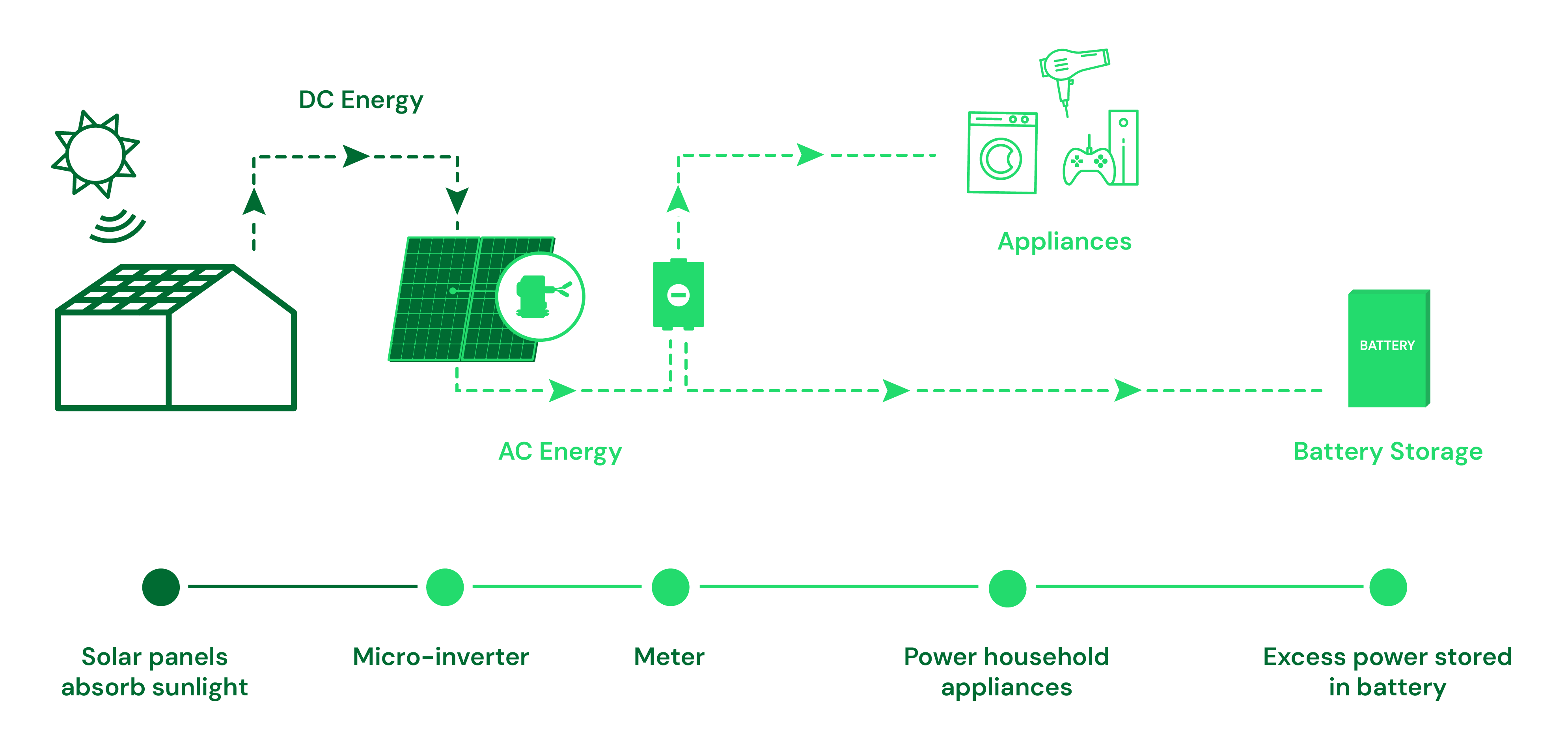
Potential Savings with Solar Batteries
Battery prices have dropped in recent years and electricity prices have skyrocketed so having a solar battery is a lot more beneficial. With a solar battery, you are increasing self consumption and reducing the amount of electricity you have to buy from the electricity company. Every kWh of solar energy your household consumes means one less kWh you have paid for through the electricity provider.
*The table below is an illustration of how much money you can save with a solar battery. We have compared a 6.6kW solar system with and without a 10kW battery. (A 6.6kW solar system was chosen as this is the average size for a residential property. A 10kW battery was chosen as this is a good capacity for a 6.6kW solar system).
| System Details | No Battery | With 10kW Battery |
| 6.6kW panels
5kW string inverter North facing Cost of usage: 19c per kWh Feed-in tariff: 9c per kWh |
System cost: $6,600
First year’s savings: $836 10 year savings: $9085 20 year savings: $18,692 |
System cost:
$16,100 – $6,600 (S) $9,500 (B) First year savings: $2094 10 year savings: $19,375 20 year savings: $37,587 |
Other Benefits of Solar Batteries
Adding a solar battery will ensure you get the most out of your solar system. By maximising self consumption, you will save thousands of dollars on electricity bills. Here is a list of the other benefits of solar batteries.
- Helping the environment: The use of solar energy with a battery backup significantly reduces reliance on fossil fuels and lowers environmental impact. This helps promote cleaner air and combats climate change.
- Backup energy: In the case of electricity failure, major storms or other weather emergencies, a solar battery will provide relief and energy to use during a blackout.
- Provides electricity after the sun goes down: Solar panels do not generate electricity without sunlight. A solar battery will make sure you can still use the solar generated power in the night time, or during overcast days.
- Less reliant on the grid: A solar battery gives you even more energy independence from the grid and is another step towards an environmentally friendly lifestyle.
- Noiseless power solution: Solar batteries are completely noiseless which is significantly different to the high volume of a gas powered backup generator.
Solar Feed-In Tariffs
Solar feed-in tariffs are a payment made to the householder for transporting unused power back to the grid. They are one of the incentives for people to start using renewable energy like solar power, and are paid in credits on your bill. With the minimum feed-in tariff rate decreasing in Tasmania from 10.869 cents per kWH to 8.935 cents per kWh, householders are looking for strategies to mitigate the financial impact of falling rates .
Installing solar batteries is becoming a popular solution to the problem of reduced feed-in tariffs. They maximise the use of the energy you produce and reduce reliance on the grid. Customers are able to store their excess solar energy in the battery and then use it during peak times. This strategy keeps electricity costs to a minimum and continues to support a sustainable environment.
Tasmanian Government Energy Loan Scheme*
The Tasmanian Government’s Energy Saver* loan scheme provides interest free loans to eligible participants to fund the purchase of energy efficient products like solar panels. The interest free loans can range from $500 to $10,000 over a three-year period. To be eligible for the loan scheme, the solar battery system must be purchased and installed by an accredited vendor.
What Makes Our Batteries The Best for Tasmania?
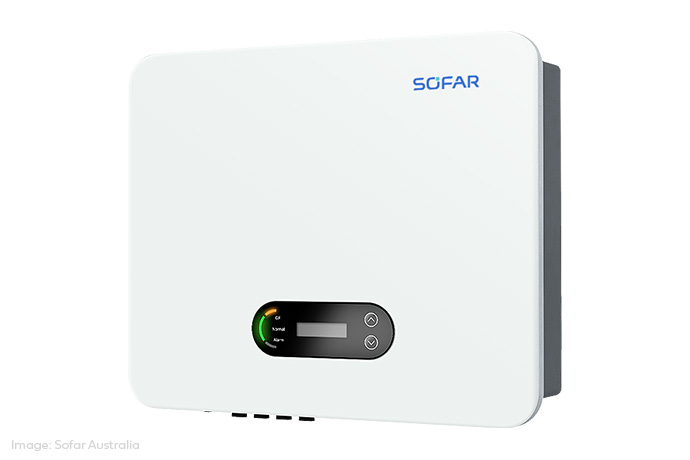
Solar batteries from Tasmanian Safer Solar keep your home powered with self-generated, cost effective power even during the harsh winters. Our solar batteries are economical and reliable, cost efficient and come with a warranty. Tasmanian Safer Solar only uses top brands including Alpha Solar Systems, Sofar Solar, and Tesla. Contact Tasmania Safer Solar now for your solar battery installation.
*This article refers to the Energy Saver Loan Scheme, which closed to new applications in September 2025

